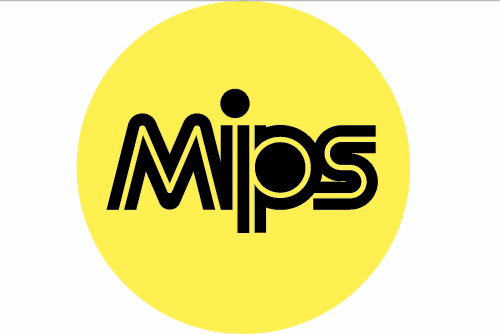STOCKHOLM (BRAIN) — Helmet technology company MIPS continues to refine concept testing with the introduction of its Virtual Test Lab, helping brands develop new designs without physical prototype production.
According to MIPS, VTL will enable brands to understand early how a helmet performs in linear and rotational testing, reducing development time. It will be more environmentally friendly, with less re-tooling and material consumed, while also being more cost-effective.
VTL comes on the heels of MIPS releasing the Finite Element Analysis tool last year. The Computer Aided Design software more quickly and efficiently replicates and predicts responses in helmet-impact testing. The tool helps brands develop new helmet designs and test current ones.
MIPS, which brought to market the Multi-directional Impact Protection System in 2007, said it can now virtually replicate and predict helmet response in testing as well as in real-life impacts quicker and more efficiently than through physical testing alone. MIPS has worked to develop testing for linear and rotational motion in helmets over the past two decades.
"Our 20 plus years of research and simulating real-world accidents have led us to this groundbreaking way to virtually test helmets," said MIPS CEO Max Strandwitz. "We are committed to our mission to lead the world to safer helmets and at the same time help to improve the development process for helmet brands. This is the way forward, and in the near future, we will be able to virtually test all different kinds of helmets according to leading standards, all in the name of consumer safety and sustainability."
MIPS works with 121 helmet brands across numerous disciplines that offer more than 729 models equipped with its system on the global helmet market.


